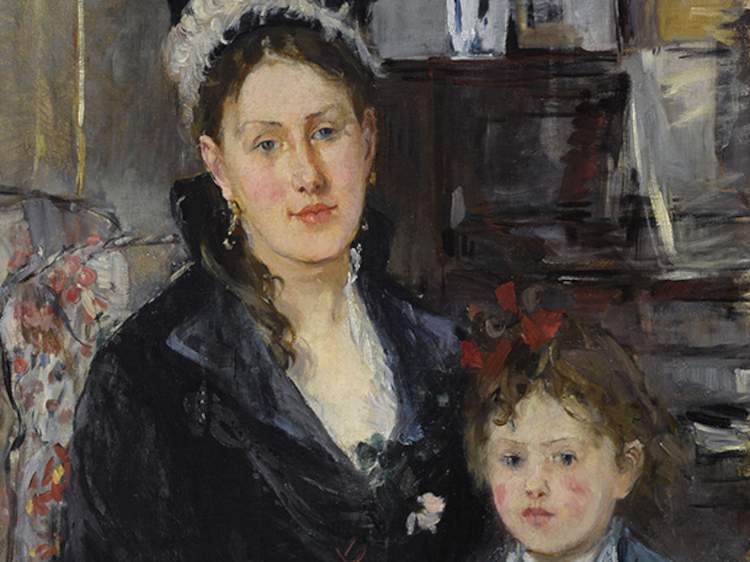In Padua, Palazzo Zabarella hosts masterpieces of French modernism from the Brooklyn Museum, from Monet to Matisse
From December 16, 2023 to May 12, 2024, Palazzo Zabarella in Padua hosts the exhibition From Monet to Matisse. French Moderns, 1850-1950, curated by Lisa Small, Senior Curator of European Art, and Richard Aste, former Curator of European Art, both staff members of the Brooklyn Museum; it is organized by the Brooklyn Museum and promoted by Fondazione Bano in collaboration with the City of Padua - Department of Culture.
The exhibition features fifty-nine works from the Brooklyn Museum’s European collection. Founded in 1823 as the Brooklyn Apprentices’ Library Association, the Brooklyn Museum boasts a permanent collection of over 140 thousand objects (from Egyptian to contemporary art) and is the second largest art museum in New York City and one of the largest in the United States. It is also recognized as one of the leading repositories of French modernism in North America.
The exhibition shines a spotlight on French modernism, celebrating France as the artistic center of international modernism from the mid-nineteenth century to the mid-twentieth century. On display are paintings, drawings, and sculptures, differing in subject, size, and style, by major artists of the period, both of French origin and artists who trained and exhibited in France: Pierre Bonnard, William Bouguereau, Gustave Caillebotte, Paul Cézanne, Marc Chagall, Jean-Baptiste-Camille Corot, Gustave Courbet, Edgar Degas, Fernand Léger , Henri Matisse, Claude Monet, Berthe Morisot, Gabriele Münter, Pierre-Auguste Renoir, Odilon Redon, Yves Tanguy, Édouard Vuillard, Auguste Rodin, and many others, for a total of forty-five artists.
The exhibition also includes examples of the key movements of the period, such as Realism, Impressionism, Post-Impressionism, Symbolism, Fauvism, Cubism, and Surrealism, which emerged in and around Paris between 1850 and 1950 and quickly became part of the dominant Western canon.
There are four sections into which the exhibition is divided: Landscape, Still Life, Portraits and Figures, and The Nude. It begins with the academic painters, such as Gérôme and Bouguereau, whose meticulous realism and traditional subjects conformed to the artistic canons of the 19th century. It then continues with the generation of painters such as Millet and Boudin, who used looser brushstrokes to depict less conventional subjects, such as the beaches of Normandy and peasants and their flocks in the environs of Paris, and presents the works of Sisley and Pissarro, who depict the trials, errors, and innovations of early modernism. And then the Impressionists, led by Monet, Renoir, Cézanne and Degas, who revolutionized the conventions of both subject and style by capturing everyday scenes on canvas with vivid colors and expressive brushstrokes.
The next generation pushed the boundaries of art further, allowing color, form and brushstroke to take precedence over subject matter. With works by Matisse, Bonnard, Chagall and many others who moved to Paris in the early 20th century, the exhibition aims to show the evolution of expressionist and non-objective art from the experiments of the 19th century and, by welcoming the works of Rodin, Degas and others, wants to witness the extension of the liberation of form from painting to sculpture.
For info: www.zabarella.it
Image: Berthe Morisot, Madame Boursier and Her Daughter, detail (c. 1873; oil on canvas, 74.5 x 56.8 cm; Brooklyn Museum). Photo by Sarah DeSantis.
 |
| In Padua, Palazzo Zabarella hosts masterpieces of French modernism from the Brooklyn Museum, from Monet to Matisse |
Warning: the translation into English of the original Italian article was created using automatic tools. We undertake to review all articles, but we do not guarantee the total absence of inaccuracies in the translation due to the program. You can find the original by clicking on the ITA button. If you find any mistake,please contact us.



























